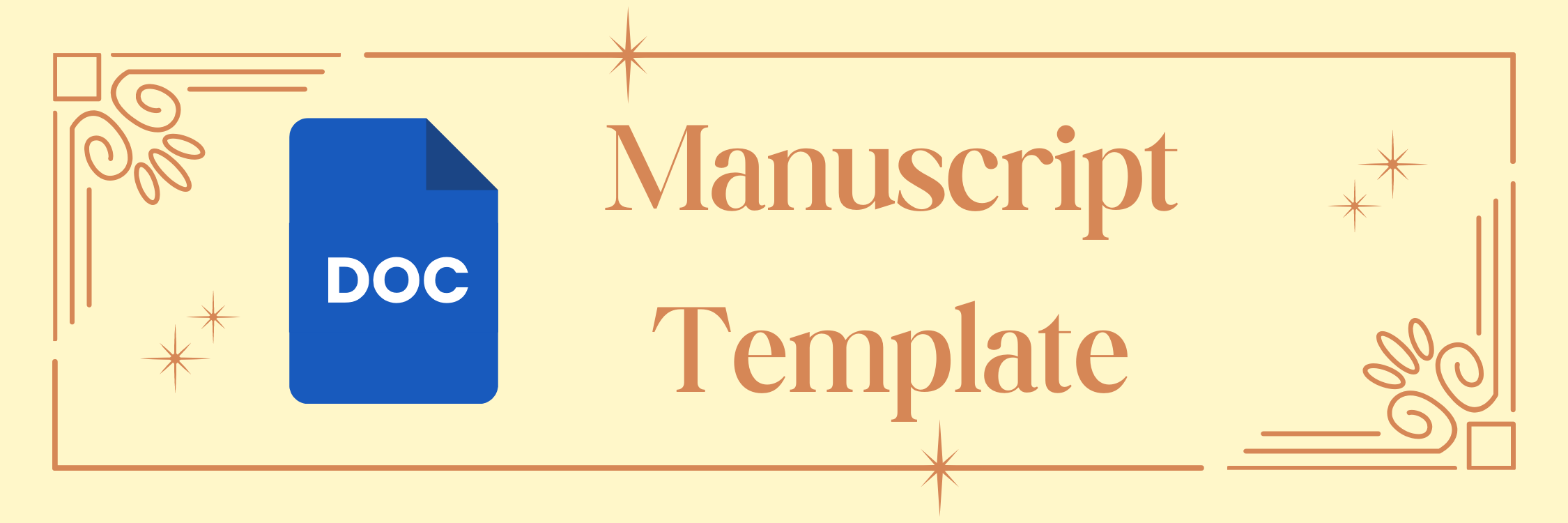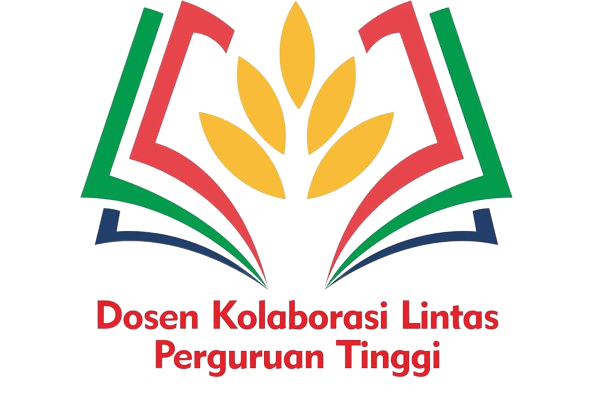Frequency of Religious Tourist Visits Based on Education Level and Occupation (Case Study at the Tomb of Sheikh Maulana Syamsuddin, Pemalang)
DOI:
https://doi.org/10.69812/itj.v2i2.132Keywords:
Religious Tourism, Pilgrims, Traditional IslamAbstract
Religious tourism has long played an important role in both spiritual life and local economic development, offering benefits for communities and visitors alike. In Indonesia, one of the prominent religious tourism sites is the tomb of Sheikh Maulana Syamsuddin in Pemalang, which attracts pilgrims from various educational and occupational backgrounds. This study aims to examine the frequency of religious tourist visits to this site based on education level and occupation. Using a quantitative descriptive approach, data were collected from 200 respondents over a four-month period (April–July) through random sampling. Questionnaires served as the primary research instrument, and data were analyzed using the contingency correlation method to determine the relationship between visit frequency and socio-demographic variables. The findings reveal a correlation between education level and the frequency of visits, with tourists holding junior and senior high school education levels dominating the “very frequent” category, while those with bachelor’s degrees were most often in the “very rare” category. Similarly, visit frequency was correlated with occupation, where entrepreneurs and private employees reported higher frequencies, while retirees and civil servants tended to visit less often. The calculated correlation coefficients were 35.23% for education level and 34.64% for occupation, indicating a weak but notable relationship between these variables and visitation patterns. These results highlight that socio-demographic factors influence participation in religious tourism, suggesting that strategies to promote sustainable religious tourism development should consider the educational and occupational characteristics of potential visitors.
Downloads
References
Arsvendo, D., Khotimah, K., & Fitrianto, A. R. (2022). Pengembangan Wisata Religi Sebagai Pariwisata Berkelanjutan di Kota Pasuruan. Jurnal Master Pariwisata, 9(1), 97–122.
Astrina, W. A., Suparta, I. K., & Suarjaya, I. N. A. (2023). Memahami Wisata Religi dan Spiritual Dari Perspektif Nilai Hindu. Paryaṭaka Jurnal Pariwisata Budaya Dan Keagamaan, 2(1), 143–152. https://doi.org/10.53977/PYT.V2I1.1244
Azhari, S., & Rezvani, M. R. (2025). Analyzing the Taught Patterns of Urban Tourism with an Emphasis on Sustainable Development (Case study: Ardabil city). Tourism Management Studies of the Smart Era, 2(1), 103–122. https://doi.org/10.22072/TMSSE.2025.2046707.1020
Edrus, S. M. F. A., Imran, S., & Nurhidayati, H. (2022). Majelis Ta’lim and pilgrimage tourism: The case at Mbah Priuk Tomb. In Current Issues in Tourism, Gastronomy, and Tourist Destination Research (pp. 246–253). Routledge. https://doi.org/10.1201/9781003248002-33
Filmi, B., Yuliar, A., & Husen, F. (2022). Psychological Factors of Religion Traveler and Decision to Visit. Jurnal Ilmiah Syi’ar, 22(1), 113. https://doi.org/10.29300/SYR.V22I1.5142
Herawati, C., & Bakhri, S. (2019). Ketimpangan Pelayanan Kesehatan Dasar dan Ekonomi di Wilayah Perbatasan. Afiasi : Jurnal Kesehatan Masyarakat, 4(1), 17–27. https://doi.org/10.31943/AFIASI.V4I1.9
Kim, B., Kim, S., & King, B. (2020). Religious tourism studies: evolution, progress, and future prospects. Tourism Recreation Research, 45(2), 185–203. https://doi.org/10.1080/02508281.2019.1664084
Mahlil, M., Sari, D., Rusnawati, R., & Fatimah, F. (2023). Strategi Pengembangan Objek Wisata Religi (Studi di Makam Teuku Diujung Desa Latak Ayah Kecamatan Simeulue Kabupaten Simeulue). Al-Ukhwah - Jurnal Pengembangan Masyarakat Islam, 2(1), 1–14. https://doi.org/10.47498/JAU.V2I1.1322
Ma’ruf, Moh. A. (2021). Tradisi Ziarah dalam Persepektif Hadis Nabi: Living Hadis di Peziarah Kapal Bosok Kp. Darangong Kel. Curugmanis Kec. Curug Kota Serang. Holistic Al-Hadis, 7(1), 68. https://doi.org/10.32678/HOLISTIC.V7I1.5289
Nair, B. B., & Dileep, M. R. (2021). Drivers of Spiritual Tourism: A Destination-Specific Approach. International Journal of Religious Tourism and Pilgrimage, 9(5), 1–12. https://doi.org/https://doi.org/10.21427/8VK2-JB56
Panghastuti, T., & Shalawati, A. (2022). Manajemen daya tarik wisata religi studi kasus makam Habib Ahmad bin Ali Bafaqih, Yogyakarta. Journal of Tourism and Economic, 5(2), 219–228. https://doi.org/10.36594/JTEC/QS8E9B60
Priatmoko, S., Kabil, M., Magda, R., Pallas, E., & David, L. D. (2021). Bali and the Next Proposed Tourism Development Model in Indonesia. Regional Science Inquiry, 13(2), 161–180. https://doi.org/10.30892/GTG.334SPL03-594
Priatmoko, S., Kabil, M., Purwoko, Y., & Dávid, L. D. (2021). Rethinking Sustainable Community-Based Tourism: A Villager’s Point of View and Case Study in Pampang Village, Indonesia. Sustainability, 13(6), 1–15. https://ideas.repec.org/a/gam/jsusta/v13y2021i6p3245-d517603.html
Silalahi, M. (2023). Wisata Religi Dalam Meningkatkan Sektor Pariwisata di Kabupaten Tapanuli Utara. PARISTAKA : Jurnal Pariwisata Budaya Dan Keagamaan, 1(01), 13–17. http://paristaka.iakntarutung.ac.id/index.php/paristaka/article/view/9
Suardana, I. K. P. (2023). Propaganda Online dalam Konflik Keberagaman di Kawasan Wisata Budaya dan Keagamaan. Jurnal Pewarta Indonesia, 5(1), 52–67. https://doi.org/10.25008/JPI.V5I1.128
Sucipto, H., & Andayani, F. (2014). Wisata syariah : karakter, potensi, prospek, dan tantangannya. Grafindo Books Media & Wisata Syariah Consulting.
Supriadi, H., Rahadi, I., Pauzi, Muh. H., Kurniawan, T., & Hidir, R. (2022). Internalisasi Nilai-Nilai Perjuangan Maulana Syeikh Muhammad Zainuddin Abdul Madjid Melalui Wisata Makam. Journal of Tourism Destination and Attraction , 10(1), 49–58. https://doi.org/10.35814/TOURISM.V10I1.3379
Waluyo, W., Nurohman, Y. A., Safitri, L. A., & Qurniawati, R. S. (2022). Potensi Pengembangan Wisata Halal di Wisata Religi Desa Menggoro Untuk Menunjang Ekonomi Kerakyatan. Khasanah Ilmu - Jurnal Pariwisata Dan Budaya, 13(2), 171–179. https://doi.org/10.31294/KHI.V13I2.14413
Yoeti, O. A. (2008). Ekonomi pariwisata introduksi informasi dan implementasi. KOMPAS. https://elibrary.bsi.ac.id/readbook/206423/ekonomi-pariwisata-introduksi-informasi-dan-implementasi
Yudithia, Y., Sentosa, I., & Yafi, E. (2024). Hexahelix collaboration in developing halal tourism in Indonesia. Indonesian Tourism Journal, 1(1), 1–15. https://doi.org/10.69812/ITJ.V1I1.13
Downloads
Published
How to Cite
Issue
Section
License
Copyright (c) 2025 Endro Tri Susdarwono

This work is licensed under a Creative Commons Attribution-ShareAlike 4.0 International License.
You are free to:
- Share — copy and redistribute the material in any medium or format for any purpose, even commercially.
- Adapt — remix, transform, and build upon the material for any purpose, even commercially.
- The licensor cannot revoke these freedoms as long as you follow the license terms.
Under the following terms:
- Attribution — You must give appropriate credit, provide a link to the license, and indicate if changes were made . You may do so in any reasonable manner, but not in any way that suggests the licensor endorses you or your use.
- ShareAlike — If you remix, transform, or build upon the material, you must distribute your contributions under the same license as the original.
- No additional restrictions — You may not apply legal terms or technological measures that legally restrict others from doing anything the license permits.















